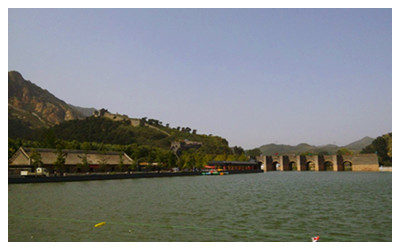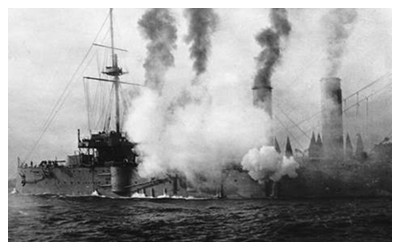- Home
- Province Guide > Liaoning >
History of Liaoning

Most of the present province of Liaoning fell within the confines of the earliest Great Wall of China, built during the reign of Shihuangdi, the first Qin emperor (221–210 BCE), and hence formed part of China from early times.
The environment and traditional Chinese civilization of the central plain in Liaoning continue into the North China Plain and into Shandong to the south. Political power in the region often passed to nonagricultural peoples, such as the Khitan, who invaded the area in the 10th century CE and established the Liao dynasty, and the Juchen, who founded the Jin dynasty in the 12th century. During the Yuan (Mongol) dynasty (1206–1368), imperial Chinese power was reasserted over the region, and ties remained relatively close through the Ming dynasty (1368–1644).
Under the Qing dynasty (1644–1911), whose own origins lay in the Manchu frontier aristocracy, official efforts were made to protect the Northeast from Han Chinese encroachment with the exception of the old Chinese-settled area in the Liao River valley. This policy was gradually abandoned, partly because of the pressure of Russian influence in the north.
Toward the end of the 19th and into the 20th century, two intersecting forces together created a radically novel situation in Liaoning. One was foreign interference—Russian and, later, Japanese. The other was rapidly increasing Chinese immigration.
The South Manchurian Railway was constructed by the Russians between 1896 and 1903. This railway linked the new Liaodong port of Dalian with Changchun, in Jilin province, as well as with Harbin in Heilongjiang province and with the then new Chinese Eastern Railway branch of the Trans Siberian Railroad.

The South Manchurian Railway passed close to Shenyang, replaced shipment via the Liao and much of the old cart transport, and by passed the old port of Yingkou. The foundations of the modern geography of Liaoning were laid by this railway. In 1907 the Russian railway, port, and territorial privileges were transferred to Japan following the Russo-Japanese War of 1904–05. From that time, Japan continually strengthened its hold on the economic life of Liaoning and all of Manchuria.
The Japanese seizure of Mukden (Shenyang) in 1931, it was the start of Japan’s military invasion of Manchuria, and from 1932 to 1945 Liaoning was part of the Japanese-dominated puppet state of Manchukuo.
In the eighteenth year of the Republic of China (1929), the Nanjing Kuomintang government successively changed Beijing's name to Peiping, Fengtian Province to Liaoning Province, and Fengtian City to Shenyang City. At that time, "Liaoning" became the province's current name.
Shenyang was taken by Chinese communist forces in 1948. After the defeat of the Japanese in 1945, the Soviet Union took over from Japan and retained residual rights to share with China the use of the naval base facilities at
Lüshun Port Arthur and some rights on the former South
Manchurian Railway. These rights were given up in 1955.
At the end of 2016, Liaoning Province had jurisdiction over 14 prefecture-level cities (including Shenyang and
Dalian as sub-provincial cities), 16 county-level cities, 25 counties (including 8 minority autonomous counties), and 59 municipal districts.
 Most of the present province of Liaoning fell within the confines of the earliest Great Wall of China, built during the reign of Shihuangdi, the first Qin emperor (221–210 BCE), and hence formed part of China from early times.
Most of the present province of Liaoning fell within the confines of the earliest Great Wall of China, built during the reign of Shihuangdi, the first Qin emperor (221–210 BCE), and hence formed part of China from early times.  The South Manchurian Railway passed close to Shenyang, replaced shipment via the Liao and much of the old cart transport, and by passed the old port of Yingkou. The foundations of the modern geography of Liaoning were laid by this railway. In 1907 the Russian railway, port, and territorial privileges were transferred to Japan following the Russo-Japanese War of 1904–05. From that time, Japan continually strengthened its hold on the economic life of Liaoning and all of Manchuria.
The South Manchurian Railway passed close to Shenyang, replaced shipment via the Liao and much of the old cart transport, and by passed the old port of Yingkou. The foundations of the modern geography of Liaoning were laid by this railway. In 1907 the Russian railway, port, and territorial privileges were transferred to Japan following the Russo-Japanese War of 1904–05. From that time, Japan continually strengthened its hold on the economic life of Liaoning and all of Manchuria. Ask Questions ?
Ask Questions ?